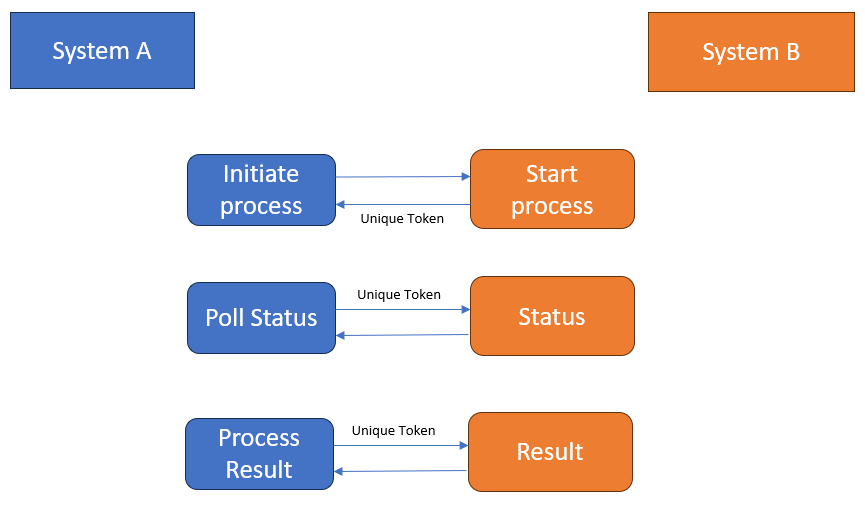Cost of change
Traditional project's cost of change.
What is the cost of change? Above diagram will tell you it increases as project progresses.This diagram is from PMBOK which tells cost will grow exponentially and stakeholder influence will reduce as time progresses. Probably this is not a good thing as stakeholder should have influence throughout the project. In any dynamic business changes are inevitable. Business is dynamic and will require change in the project when the project is progressing. This model puts a high price for the change which cannot be avoided.
Now let us see why the cost increases in the traditional projects.
- Traditional projects are executed by a plan. Plan is used to reduce the cost of the project.
- There are no reusable (automated) tests.
- Team need to work as a plan. If plan is not followed there will be wastage of effort. This is blasphemy for a traditional project.
- Since there is a separate testing phase whatever is developed is not tested or not ready for delivery. This causes changes to have more regression and more expensive.
Let us see the cost of change curve for a SCRUM project.
Cost of change for agile SCRUM
As you observe cost of change increases with time. But this is not exponential increase. Now let us analyze why cost is in just going marginally up and not reaching the orbit?
- Work worth a month or 15 days is taken at one shot. Whatever is implemented is tested and ready for production.
- All possible test cases are automated. This avoids wastage of time in testing.
- Since work is taken in smaller bites it is easy to take changes.
- There is no mind block for changes.
- Changes look simple as they come in after a sprint and you will know the reason for them.
- Focus on completing the tasks and make them production ready rather than follow a plan.
All these are the reasons for reducing the cost of changes, Customer should not pay a arm for getting changes implemented :-)



Comments
Post a Comment